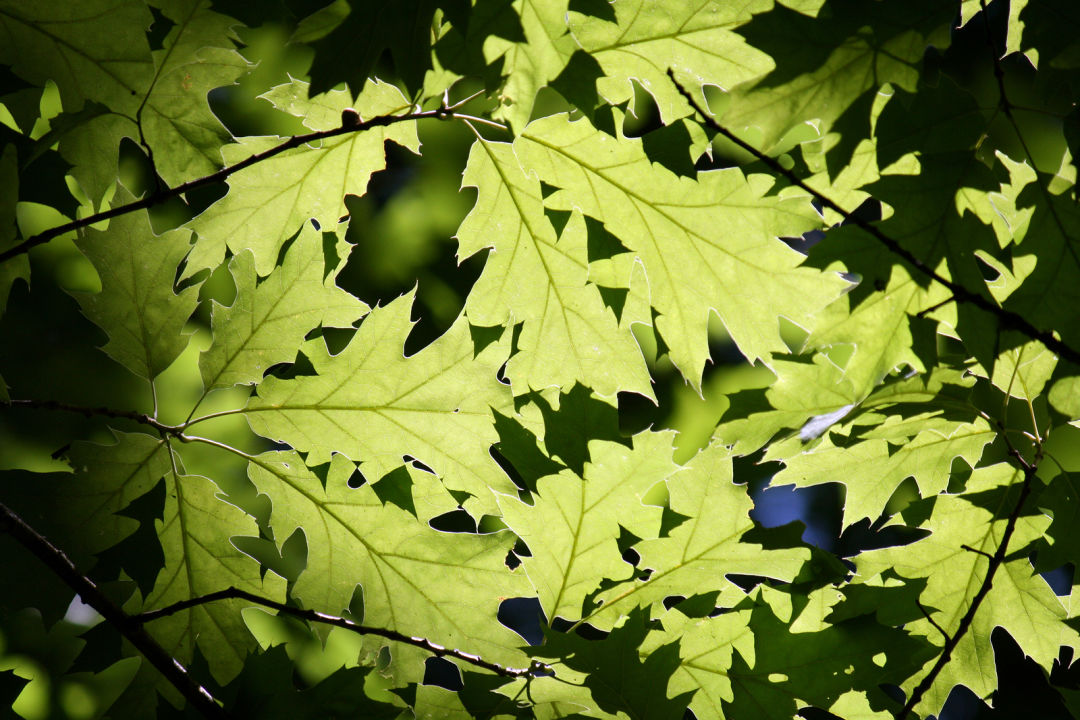See Oregon’s Forests in a New Light

Oregon’s forests are among the state’s most popular attractions, providing visitors with plentiful recreational activities from hiking to camping. But these wonderlands are so much more--they are sources of clean water and air, diverse wildlife habitat, and sustainable timber harvests.
And conservation is key to ensuring that Oregon’s forests remain viable and healthy, through the development and implementation of practices that will help protect threatened areas.
Learning more about Oregon’s forests can help you appreciate their beauty, understand the challenges they face, and realize the importance of conservation. From scorned trees to healing water, here are fun facts about several of Oregon’s most popular and beloved forest areas. This information is provided courtesy of Explore Oregon Forests, a collaborative partnership between Oregon State University, the Oregon Department of Forestry and the US Forest Service.
Forest Park (Portland)
What’s the link between this 5,157-acre park east of the Tualatin Mountains in Northwest Portland and New York’s legendary Central Park? Frederick Law Olmsted, who is considered the father of American landscape architecture! He designed Central Park, Golden Gate Park, and many other famous urban parks.
His sons, John Charles and Frederick Jr., proposed in 1903 that the dense wooded area that later became Forest Park be set aside for a park. It wasn’t until 1948, though, that the land was officially dedicated, thanks to the efforts of community leaders and advocacy groups. Interestingly, the Forest Park area had been targeted for large-scale residential development in the early 1900s.
But fortunately, for the many visitors who enjoy hiking, cycling, and horseback riding in Forest Park today, that project failed because of concerns related to geologic instability. Check out Explore Oregon Forests virtual tour of Forest Park now.
McDonald-Dunn Research Forest (Corvallis)
Located about 15 miles north of Oregon State University in Corvallis, McDonald-Dunn Forest is a “working forest,” where OSU students and faculty use the 11,000+ acres for classroom instruction and research projects that focus on forest management. This working forest also hosts more than 175,000 visitors each year who enjoy hiking and (non-motorized) biking through its beautiful expanse of trees and diverse vegetation.
Current research projects within McDonald-Dunn Forest include treatment options for controlling the spread of Brachypodium sylvaticum (a perennial grass native to Europe, Asia, and Africa.) Past research projects in the forest explored reptiles in the Willamette Valley and the use of unmanned aircraft to collect data related to forestry practices. How cool is that?
Mary McDonald, who donated much of the land and money used to establish McDonald-Dunn Forest, would be proud of the ongoing research in the forest that’s co-named in her honor; she wanted to help young people learn more about forestry through research. Learn more about McDonald-Dunn Research Forest through Explore Oregon Forests now.
Lithia Park (Ashland)
Ashland is well known for hosting the Oregon Shakespeare Festival. But that’s not the only draw to this charming Southern Oregon town. It features nearly 200 acres of developed parkland, more than 450 acres of undeveloped parkland, and 20+ miles of trails, all of which are centered around Lithia Park.
A 93-acre, urban forestland located in the heart of Ashland, Lithia Park draws millions of visitors a year, and is dubbed as the town’s “crown jewel”— and not only because of the purported health benefits of the lithium oxide contained in the water that’s pumped into the park.
Featuring a vast array of networked and forested trails, this area is a haven for outdoor enthusiasts, who spend hours hiking and biking. Lithia Park also features a Japanese Garden, duck ponds, a rose garden--and follows Ashland Creek through woodlands, providing plentiful opportunities for visitors to enjoy the forestlands.
Due to the Ashland’s risk for wildfires though, much attention and care has been dedicated to the protection and preservation of forest areas. To learn more about these efforts and to explore this impressive array of forestlands, take Explore Oregon Forests online virtual tour of Ashland’s natural resource area.
Oregon Coast Heritage Trees (Various Locations)
Oregon established the first state-sponsored Heritage Tree program in the United States in 1995. Its first heritage tree was a giant Sitka spruce located in Klootchy Creek County Park near Seaside. At 206 feet tall and 56 feet wide, it was the state’s largest tree before a windstorm in December 2007 broke off the trunk roughly 80 feet off the ground.
This spruce lived in an old-growth forest that was heavily logged. So, how did it avoid getting cut? In the 1940s, the spruce was considered to have too many limbs, and therefore, it didn’t meet the quality required by U.S. War Production Board for the construction of aircraft! A group of loggers then took care of the tree, helping ensure its long-term survival.
Today, there are more than 50 heritage trees across Oregon. If you want to discover more of them, embark on your own real-world treasure hunt with this geocache tour of five heritage trees along the Oregon Coast that stretches from Tillamook to Brookings.
Ready to explore? Take virtual tours of these four Oregon forest areas before you head out on the trails. You won’t look at forests the same way again!
For more information about Oregon’s forests, visit ExploreOregonForests.org.
